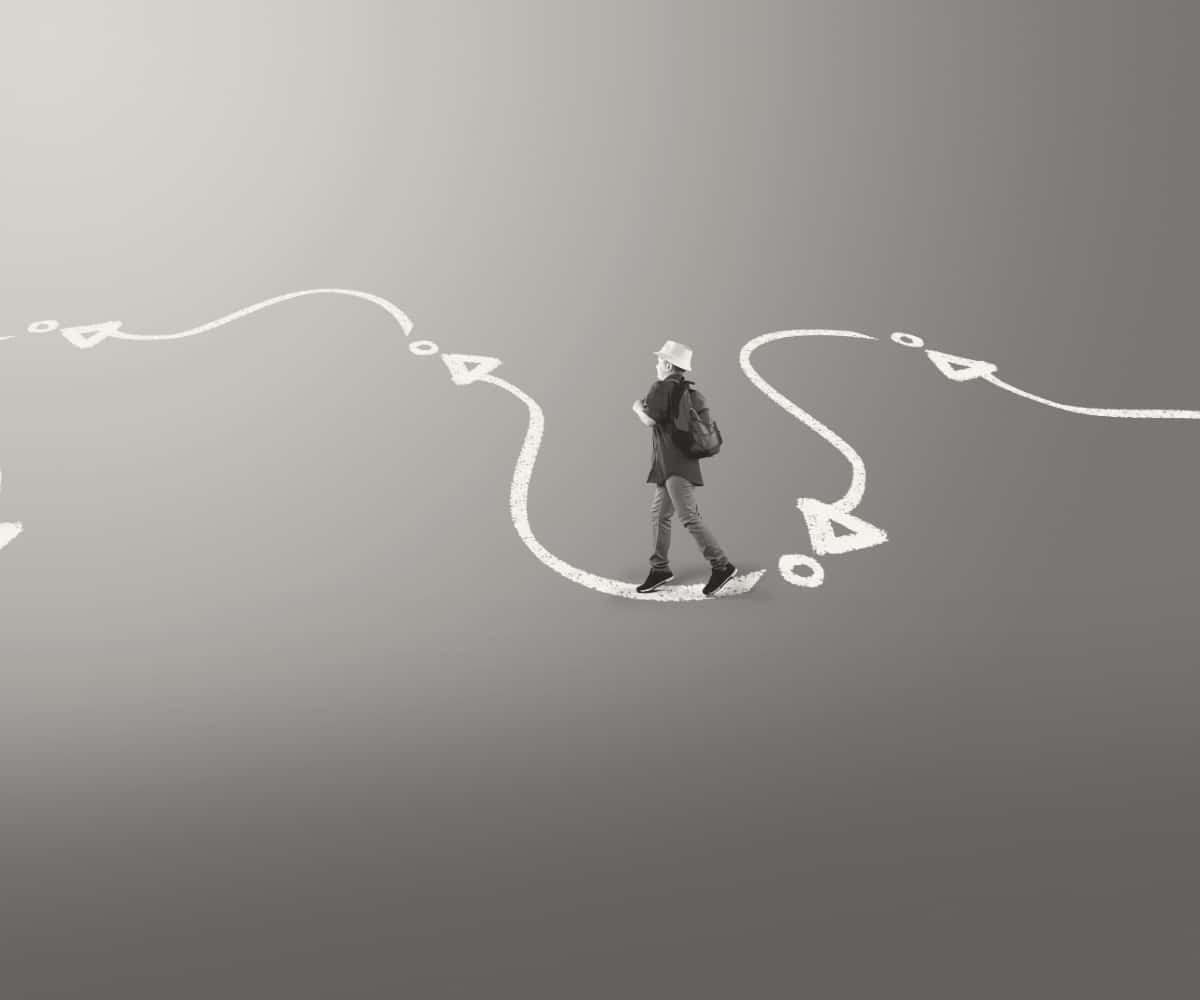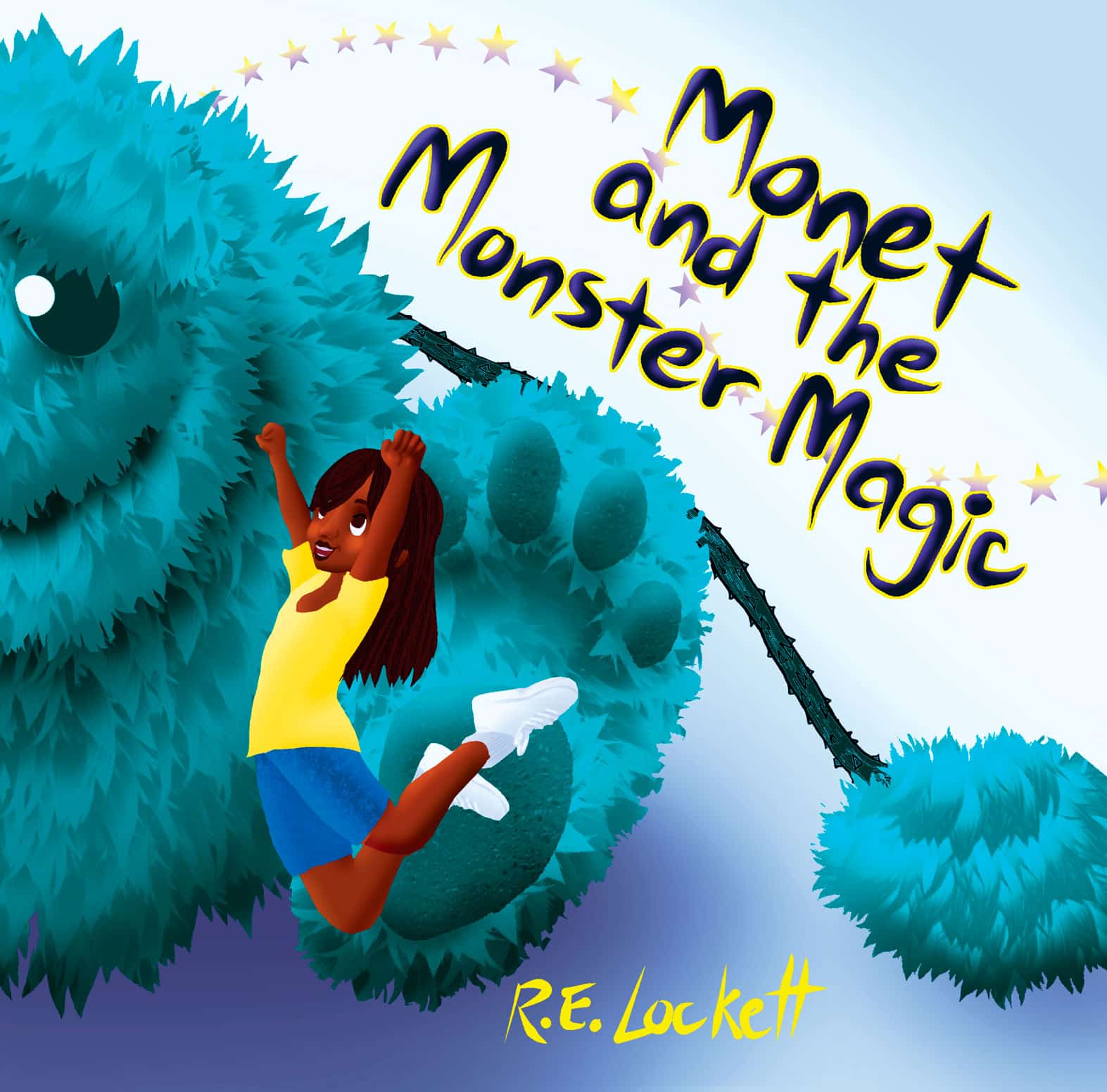Your cart is currently empty!
The Shape of the Character Arc

in
Disclaimer: This post may contain affiliate links for books we recommend. If you make a purchase through these links, at no additional cost to you, we may earn a small commission. See our full Terms of Use here.
Character arc refers to the changes that take place within a single character throughout the course of an entire story (or even across several stories) told in the same universe. While not every tale has such an arc, many do. It can be one of the most important aspects of storytelling, as it provides the growth and development that makes stories relatable and characters memorable. Many authors have different ideas about what exactly character arc is and how to create it, but this article will help you understand just what it entails and why you should care when writing your own fiction!
What is a Character Arc?
A character arc, in its simplest form, is a change or transformation in a character. This transformation happens over time, usually over several episodes of a TV show or even within one episode. There are many types of character arcs but two major categories, stories where characters start as good and become evil (sometimes known as villain arcs) and tales where characters start out as bad but end up redeeming themselves (redemption arcs). These arcs can be minor or complete transformations depending on your needs for your story.
There are several types of character arcs. The five most common are: Eustress (Positive), Distress (Negative), Flat, Upward Spiral, Downward Spiral. Eustress is a positive growth arc where your character becomes more successful through his journey to resolve his conflict. In a distress arc, your characters become less successful as he deals with obstacles in his way to achieve resolution to his conflict. A flat arc does not follow one of these traditional paths but can be anything that evolves your character over time by adding depth or layers and making them more complex. An upward spiral is when a good person tries to do something bad but then makes it right during their journey while they descend into darkness when a bad person tries to do something good but ends up making it wrong (or worse) along their journey. Finally, downward spirals happen when someone who’s bad keeps doing bad things until they reach rock bottom.
How Can You Spot a Good Character Arc?
Characters who go through transformations must eventually return to normalcy—but with something new learned from those experiences. Without exception, every hero will have gone on some type of journey before reaching a resolution. This can mean fighting off villains, discovering hidden knowledge about oneself, or saving someone close to them. Even if our heroes don’t emerge completely unscathed from battle, they still have made progress toward self-actualization.
What really defines a great character arc is being able to find meaning in that journey. Your story’s protagonist must learn an important lesson or truth that he or she can take with them in life. Ideally, your readers will see something of themselves reflected in your characters—whether it’s enduring struggle, love lost or gained, or simply what it means to be human—and come away from it feeling changed for having read it. In order for a character arc to work properly, you a believable reason for change.
The goal of any author should be to write stories that will leave an impact on readers, both emotionally and mentally. How well we do that depends not only on what happens in our plots but also on how our characters grow from beginning to end. If you’re just starting out as a writer or have been at it for years but aren’t seeing much progress in terms of personal growth for your main characters, ask yourself why that is. Are you trying too hard to follow formulaic story patterns or are you overly focused on events? If you keep telling yourself that there’s no actual difference between one protagonist and another, take some time to reflect on what truly makes them unique individuals. The answer might surprise you!
How to Create a Great Character Arc
While different writers approach characterization in various ways, there are two principal schools of thought: transformative arc vs. personal growth arc. Understanding each helps you better understand your options as a writer.
In a transformative arc, external factors drive change, such as loss or hardship. In The Grapes of Wrath by John Steinbeck, for example, Tom Joad finds himself transformed from an honest man to a cold-blooded killer when his family loses their farm because of financial hardships caused by bankers.
Through a personal growth arc, protagonists find their true identity through introspection. A great example is Mark Twain’s Huckleberry Finn. Huck goes on an adventure that forces him to reevaluate what he knows of society and life. The friendship that ensues shows Huck that there’s more to life than just living for money; instead, it should be about finding yourself and living free.
There are four major steps to creating a solid character arc. Each step requires considering both sides of your story—good people becoming evil or vice versa—and reinforcing each step so that it builds on itself.
The Start
First, think about where your story starts: Who is your protagonist? What’s his or her life like? Figure out exactly what your start will be for your character; what does their life look like at its very best right now? To help yourself find ideas, try taking inventory of everything that makes up their current best life. Whatever you come up with, dig deep: don’t just list things off quickly or you might miss something important.
Once you’ve figured out what makes your character happy, look to see if there’s anything missing from their lives—and if there is, ask yourself why they feel that way. Maybe they struggle to cope with stress every day, even though other people seem fine when going through similar situations. Maybe they become prone to lying when given certain opportunities, even though it goes against all of their core values.
No matter why it happens once you discover a reason for them feeling unhappy, then you can connect those feelings to their past decisions. These pain points may be small or large, but once you realize what could have caused them, you should be able to develop your character further by asking questions about what led up to these events. Then explore any consequences stemming from choices made down the line. Sometimes characters who lie only ever tell white lies without realizing it because somewhere along the line somebody taught them that saying half-truths could save face in tough situations—so always ask why things happen too!
The Journey
What lesson is important to you? Their outlook on life may have changed, or they may have gained a better understanding of themselves. Or they might not even realize what they’ve learned until later. Consider a character who learns that all that glitters isn’t gold—that something valuable doesn’t mean it will last or be as valuable in another form. For example, your hero could lose everything they own in a fire but come out more optimistic because of it. Maybe their loss taught them how to appreciate what was important—family, friends, home. Maybe they lost all their stuff but realized what didn’t matter at all—an impressive car or designer clothes.
Whatever it is, keep it simple. Don’t worry about mapping out every single lesson learned by your character; that’s not important. In fact, sometimes learning a bit more slowly can be more interesting to watch (just ask Luke Skywalker). All that matters is that in your story they realize an important truth—or simply grow as a person—and then choose to carry that with them throughout whatever lies ahead for them. Remember, just because something doesn’t end up making sense within the plot doesn’t mean it won’t make sense within your character’s story arc. The two aren’t mutually exclusive. Consider both when writing and thinking about your characters’ journeys.
The Progress
Talk directly about how she changes because of her experiences; don’t rely on backstory alone! explain why change is necessary for your character. Include examples from his past that suggest just how important it is for him to learn these lessons. Decide how you’re going to illustrate that learning process through concrete plot points—what will happen in each chapter that will show readers exactly how much progress your character has made? Explain why change is necessary for your character. Include examples from his past that suggest just how important it is for him to learn these lessons. Make sure these events are appropriate for your reader’s experience.
You also want to make sure these events tie back into either of your story’s two major themes. The character arc doesn’t need to advance every step of the way; often, it may stall out temporarily before picking up again later on. But it should always move forward overall. If there is no movement, or if it advances but then falls backward, consider revising or deleting portions of your story. Having a complete character arc can be extremely difficult for some authors, so don’t worry if yours feels like an unfinished project when you work with an editor. Save all those other details (such as motivations) until after your draft, since they may force significant changes within your characters’ development arcs. Again, at least try to touch upon them with some general notes during revision!
The Big Picture
The character arc is simply a way of expressing a character’s change in attitude, values, or both during a story. The change can be slow or quick; characters don’t have to go from being good to bad, or vice versa. Sometimes they end up somewhere in between—still imperfect but striving for improvement. Through a well thought out arc, characters change over time thanks to events in their lives, ultimately revealing something about themselves. As an author, knowing how your story ends before you write will help you develop each of your characters more fully.
Since readers often relate to your main character—especially if she goes through an arc—knowing what she starts as and where she ends will help paint her realistically on the page… no matter where her journey takes her. This concept also applies when developing secondary (or even tertiary) characters: Knowing who they are at first will give you an idea of who they become as events unfold in your narrative, creating realistic outcomes based on their personalities as established early on.
In every work of fiction, there is a discernible pattern toward an overall dramatic resolution.
When handled properly, it creates a unique tension between expectation and reality. When handled poorly, it comes across as artificial contrivance meant only to shock. Understanding the requirements of a logical and successful character arc allows you to use it effectively regardless of genre or style — mystery, romance, suspense thriller, comedy, science fiction … all genres benefit from understanding and applying one important aspect in storytelling: Change must occur if we want our stories to be taken seriously. Choosing wisely which changes belong within your plot is key to telling an engaging tale others will want to hear again and again. Through careful planning, you can avoid wasted effort.
-R.E.

